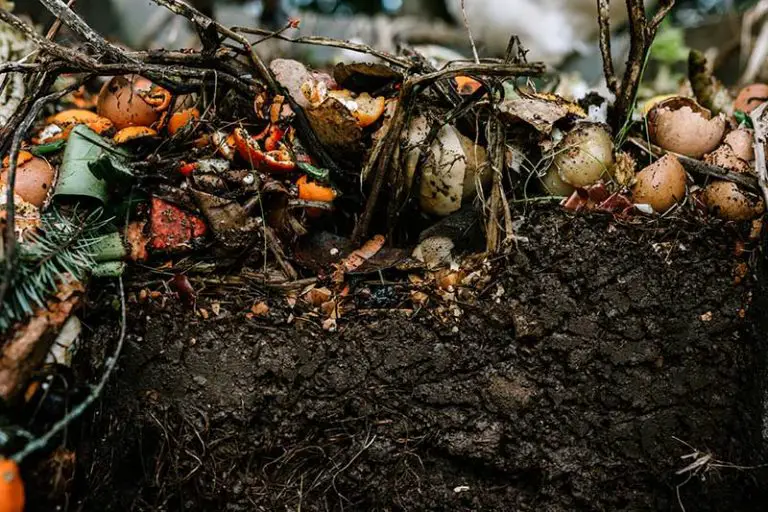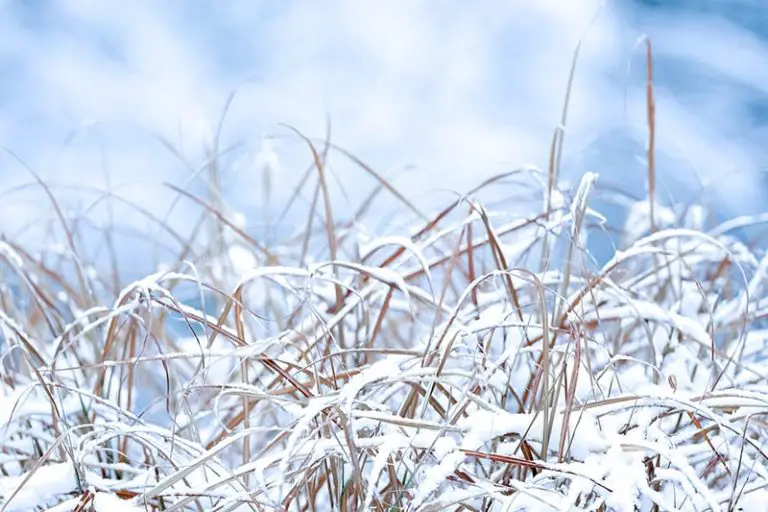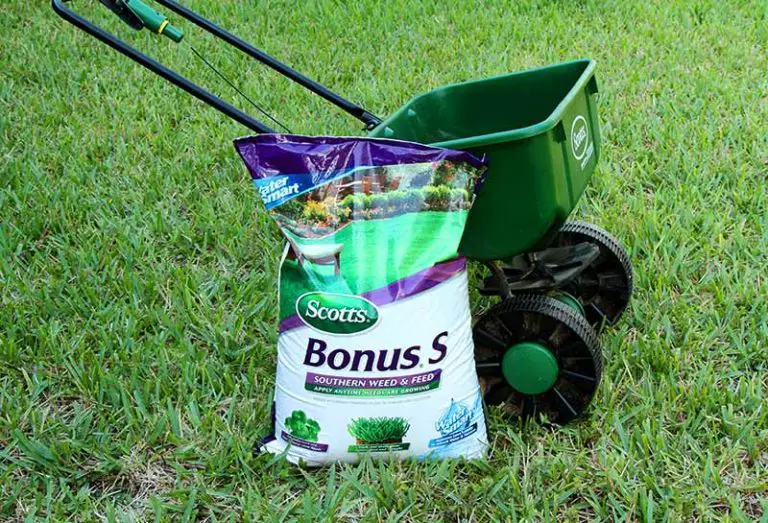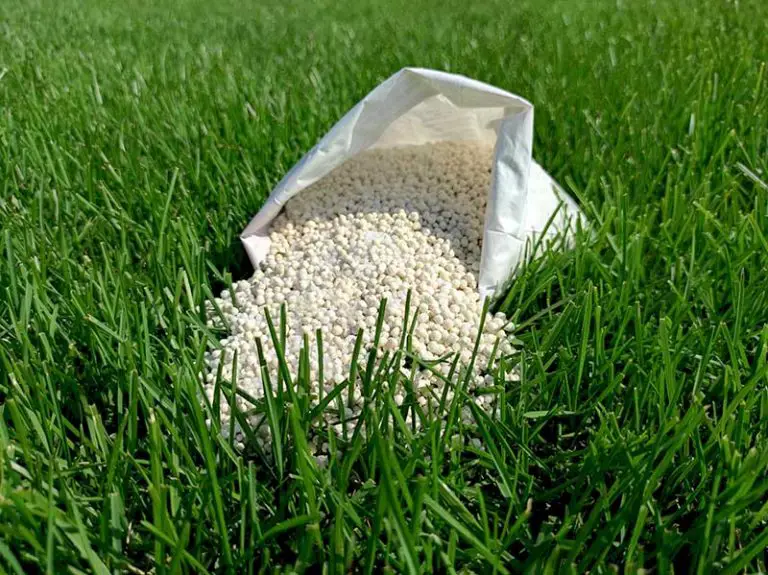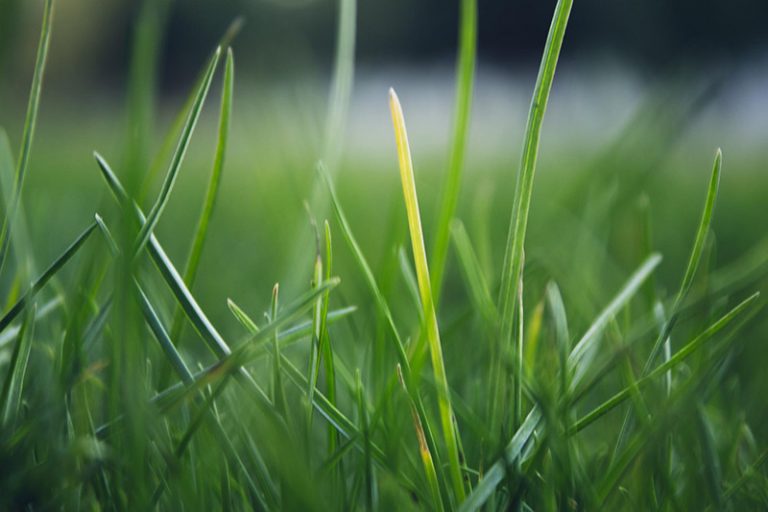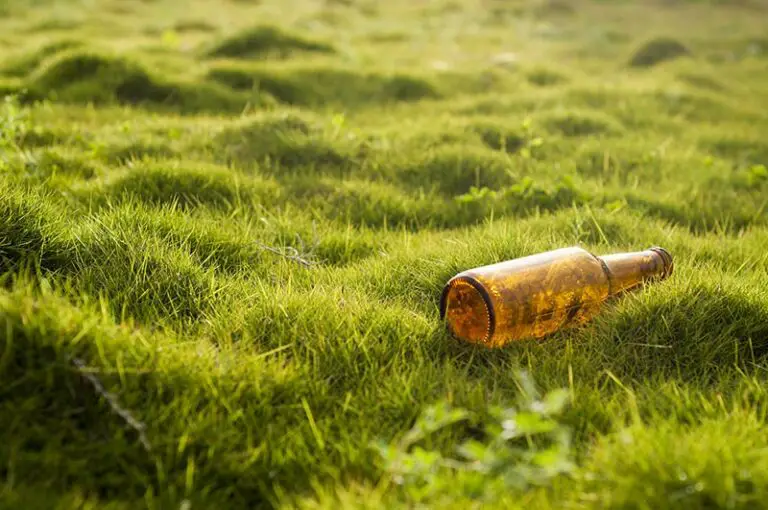6 Easy DIY Methods for Making Mulch
Mulching a lawn or garden is one of the easiest ways to significantly improve the growing conditions in the planting area. A layer of mulch can improve the aesthetics of the planting area, in addition to improving the quality of the soil for the plants growing in it. You will ultimately have a lawn or garden full of healthier plants that are more resistant to stressful conditions such as extreme temperatures and weed growth.
Making your own mulch is easy and can be done using a variety of materials you already have laying around your yard. These materials include compost, grass clippings, leaves, straw, and newspaper. While you can purchase mulch, making it yourself will create a top-quality, environmentally-friendly mulch for little to no cost.
What is Mulch?
Mulch is any substance that you spread over the soil surface in your lawn or garden to create a covering for the soil. There are many different materials, both inorganic and organic, that can be used as mulch. Inorganic mulching materials include glass, rubber, and landscape fabric, while organic mulch can be made from compost, grass clippings, leaves, and straw.
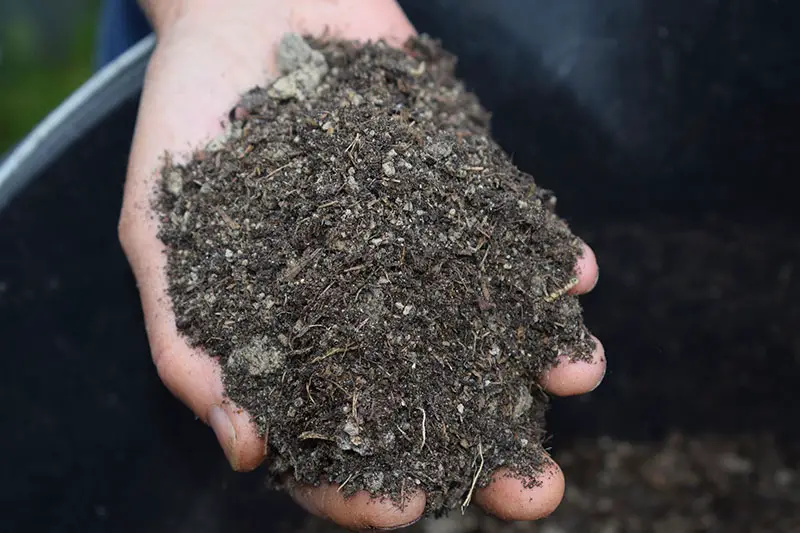
What Are the Benefits of Using Mulch?
A layer of mulch can bring about a huge number of benefits to your lawn or garden, particularly if you use an organic mulching material. Aside from the aesthetic purposes, you can use mulch to significantly improve the growing conditions of the soil to which you apply it.
The main benefits of mulch include:
- Water retention – a layer of mulch acts as a barrier between the soil surface and the sun; this helps the turf retain moisture that would otherwise be lost to evaporation.
- Nutrients – a benefit of organic mulch is that it breaks down over time; as the material decomposes, it releases nutrients into the soil, acting as a slow-release fertilizer.
- Protection against cold and drought – in addition to helping the soil retain moisture, a layer of mulch helps it to retain heat; this offers the planting area more protection against extreme cold and periods of drought.
- Weed control – as the mulch layer blocks sunlight from reaching the soil surface, it inhibits the germination and development of weed seeds in the planting area.
- Pest control – some types of organic mulch, such as wood from cedar or cypress trees, have insect repellent properties.
What Are the Different Types of Mulch?
As we’ve mentioned, the two main types of mulch include organic and inorganic materials.
Inorganic mulch materials include:
- Rocks, stones, or pebbles
- Glass chips
- Rubber chips
- Plastic sheeting or landscape fabric
Organic mulch materials include:
- Compost
- Grass clippings
- Leaves
- Straw
- Wood chips
- Newspaper or shredded paper
If you want to make your own mulch, many of these organic options are materials you likely have lying around your yard or home.
Why Make Your Own Mulch?
The mulch that you make yourself will far outweigh any mulch you could purchase in terms of quality. By making it yourself, you can create a top-quality mulch for little to no cost, as many of the materials are those which you already have laying around your yard. In addition to saving you money, you’re repurposing these materials that would otherwise go to waste. Making your own mulch is easy and the resulting mulch will significantly improve the growing conditions in your lawn or garden.
How to Make Mulch
The materials you can use to make your own mulch include compost, grass clippings, leaves, straw, wood, and newspaper. We have explained methods on how to make mulch from each of these materials below.
1. How to Make Compost Mulch
One of the best types of natural mulch you can add to your lawn or garden is compost mulch; this is just normal compost that you apply to the soil in a thick layer of about 2 to 4 inches. Starting a compost pile or bin is easy and only requires leftover kitchen and/or garden waste, making it a very environmentally-friendly (and free) way to keep your plants healthy.
Method:
Either purchase some high-quality, well-aged compost, or use compost from your own compost pile or bin. It’s important to use well-aged compost; you’ll know that your compost is ready when it resembles a dark earthy substance, rather than rotten waste. Spread your compost over the soil to create an even layer that measures 2 to 4 inches thick.
2. How to Make Mulch from Grass Clippings
Grass clipping mulch is one of the many ways you can repurpose leftover grass clippings after mowing your lawn. As grass clippings are full of nitrogen, they act as a nitrogen-rich fertilizer as they decompose and release the nutrient into the soil. Nitrogen is one of the primary nutrients that plants and grass need to grow; it is primarily responsible for driving the upward growth of the plants, aiding in photosynthesis and giving plants their green color.
With that said, too much nitrogen in the soil can cause more harm than good. For this reason, you should avoid dumping a huge amount of grass clippings on your garden or lawn. This may cause fertilizer burn in the grass or plants, and can also make the soil overly acidic. Grass clipping mulch is most effective when the clippings are used sparingly.
Method:
For this method, it’s important that the grass clippings are free of pesticides and other harsh chemical treatments. You should also avoid using wet or damp clippings as these can limit the amount of oxygen that circulates the soil.
It’s best practice to leave the clippings out in the sun for a few days to a week to allow them to dry out before using them as mulch; you’ll know the clippings are ready when they feel loose and have turned slightly brown in color. Sprinkle the clippings onto your lawn or garden in a layer no thicker than 1 inch. If you mow regularly, you can let the clippings fall directly onto the lawn for this purpose.
3. How to Make Mulch From Leaves
Leaf mulch is another method of mulching that allows you to repurpose natural waste from your yard. Like grass clippings, leaves are a great source of nitrogen for your lawn or garden plants as they are rich in this nutrient. Leaf mulch is also an effective way to help control soil erosion.
Method:
Leaf mulch is most effective when the leaves are shredded as finely as possible. If the leaves are too dense, they will likely mat together, smothering the soil and turning into leaf mold. The risk of this happening is exacerbated by rainfall which will cause the leaves to further mat together.
Use a rake to gather up fallen leaves in your yard and pile them into one area to make a smooth layer that’s 2 inches thick. Then, use your mower to mow over the leaves, making a few passes to chop them up as finely as possible; this is easiest with the use of a mulching blade. The leaves should end up as dime-sized pieces. You can then spread the chopped leaves over the soil surface in your garden or lawn.
4. How to Make Straw Mulch
Straw provides a particularly versatile and robust method of mulching your lawn or garden. Straw mulch acts as a barrier that covers the soil, helping the planting area to retain moisture in the summer and protecting the plants against frost in the winter. The barrier prevents soil-borne diseases from splashing onto the lower parts of plant foliage.
An additional benefit of straw mulch is that it creates an enticing environment for spiders and other yard-friendly insects; these insects control populations of other non-friendly pests such as grubs and slugs. This type of mulch is also ideal to cover grass seeds as it protects them from blowing away or being eaten by birds.
Method:
If you don’t have any straw to hand, you can either purchase some from a home and garden store or reach out to a local farmer. Once you’ve acquired your straw, place the bale at one end of your yard. Cut the bale’s ties and use a shovel to break it up into smaller pieces.
Lay the straw across the soil surface to create a layer of 3 to 6 inches thick; if you can still see any bare soil, you haven’t used enough in this area. Leave a space of about 1 to 2 inches between the straw and the leaves and stems of plants. If you have any straw leftover, make sure to store it in a dry area to prevent it from decomposing.
5. How to Make Wood Mulch
Woody materials like pine needles, twigs, branches, and bark make excellent materials for mulch in your garden. They provide a heavy barrier that will help to suppress weed growth and will improve soil structure once they’ve decomposed. Take note that wood-based mulches sometimes have a tendency to rob nitrogen from the soil; however, they are absolutely safe to use as mulch around established fruit trees, bushes, and perennial vegetables.
Method:
As this mulch requires the woody materials to be as small as possible, you may need to rent or purchase a wood chipper. While it may be possible to crush smaller twigs with your lawn mower, it’s best not to risk damaging your mower blades. Wood chippers are usually available to rent for the day from hardware stores; you could instead consider investing in a small wood chipper if you think you’ll get a lot of use out of it.
Gather loose pieces of wood like twigs and branches from your yard, removing any rocks or stones from the materials. Place the wood into your wood chipper, and follow the instructions to operate it safely. Remember to wear safety goggles when using your chipper to avoid accidental eye damage from rogue wood chips. Grind up your woody materials into small-to-medium-sized flakes to create the mulch.
6. How to Use Newspaper As Mulch
Another household material you can repurpose as mulch is newspaper. You can use this mulch either to protect soil in a planting area, or as a way to smother existing growth to make space for a new bed. The thick layers of newspaper block sunlight from reaching the soil surface, preventing water lost to evaporation and hindering weed development.
Method:
It’s important to note that you can only use newspapers with natural ink for this type of mulch. Most newspapers nowadays use soy-based ink, making them safe to use as mulch; however, any newspaper produced before 1990 will contain harmful chemicals like lead and cadmium and are therefore unsuitable. You can call the publisher of the newspaper to make sure that the inks are natural before using them for gardening purposes.
Lay 4 to 8 sheets of newspaper in the garden, ripping the paper to wrap them around the base of the plants. A key tip is to moisten the newspapers to help them stick where you place them; you can do this using a light watering from a hose or watering can. Then, add a 2 to 3-inch layer of organic matter such as grass clippings, straw, or compost to prevent the newspaper from drying out.
When to Change Your Mulch
After laying your mulch of choice, you may be wondering when you should change it out for a fresh layer. If you had used an inorganic mulch, such as rubber chips or glass, these can last from a few years up to indefinitely. For the organic methods such as those listed in this article, you’ll have to replenish the mulch a little more often than this.
With inorganic mulches, you would typically only change these for aesthetic reasons, if the mulch poses a safety risk, or if you wish to switch to an organic method of mulching. Inorganic materials don’t break down over time and therefore will last indefinitely when used as mulch.
Organic mulch, on the other hand, does decompose over time. Therefore, it will be necessary to change out the mulch or add new materials more often. For example, you’ll need to replenish leaf mulch every year, while wood chips last for about 3 to 4 years before needing replacement. In most cases, you don’t need to remove the old mulch before adding a fresh layer; you can simply add more mulch atop the old and both layers will continue to decompose and add nutrients to the soil.

